
 |
 |
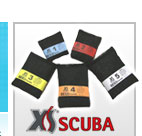 |
 |
|||||
 |
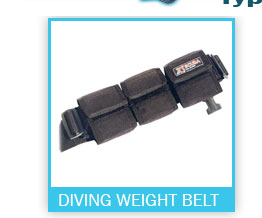 |
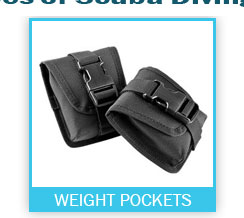 |
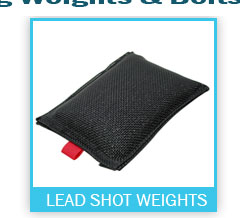 |
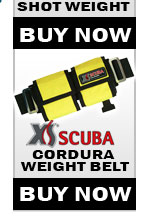 |
 |
||
 |
It doesnt really make sense that a scuba diver needs to put on several extra pounds of weight when going out on a dive. After all, he or she has a heavy scuba tank strapped to his or her back along with all the other gear required when diving. The truth is that some scuba gear is so buoyant that it is almost as good as a life preserver, and most of the rest of the gear would just barely sink on its own. |
 |
|||||
 |
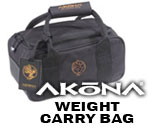 |
A scuba diver's wetsuit gives them an extra source of buoyancy that more than makes up for the weight of the rest of their gear. Scuba tanks, which would seem heavy, lack the ability to make up for the wetsuit because they have a low negative buoyancy. |
 |
 |
|||
What we know about boyancy tells us that an object with a lesser general density than water shall float. For instance, most types of wood tend to float because of the air stuck in the fibers and resins of the wood, making it less dense than water. A 5' 11" man who weighs 180 lbs will be required to wear between 15.25lbs and 22lbs of weight, depending on the thickness of his wetsuit. |
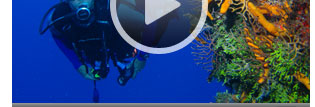 |
||||||
Scuba weight belts are typically constructed of nylon and originally designed to allow the diver to loop their lead weights onto the belt itself. More recently they incorporate some sort of a pocketed system allowing for the much more comfortable and convenient lead shot bags to be used. |
|||||||
Weight pockets can be attached to the back of a divers buoyancy compensator by attaching them to the cylinder band to help with the divers balance at the surface. Normally a diver would use 2, mounting one on each side of their cylinder. They typically hold up to a 5lb shot bag or piece of loop lead although most divers don’t need more than a couple pounds on each side to help keep them upright and comfortable at the surface |
|||||||
While lead hasn’t changed in hundreds of years, the way divers use it has evolved greatly. Originally blocks of uncoated, bar lead were either attached to the belt of suspended from it with clips and rings. Next the lead was molded with slots through it to allow the diver to loop the belt through the weight. Uncoated lead is soft and divers dropping their belts on the ground will typically cause dings in it that prove to cause wear on their gear. Plastic coated lead was designed to be similar to the uncoated lead as it is also a “loop lead” allowing for the weight belt to be threaded through the weight. While an improvement on durability and decreasing the wear on your equipment, it was still quite uncomfortable to wear. Shot lead or shot bags are lead pellets placed into a nylon pouch. This allows for them to be placed into a pocketed belt and since the shot bags are pliable, it allows them to conform to the diver’s shape better and are more comfortable. |
|
|
Visit scuba.com and speak with the scuba diving instructors with all of your scuba gear questions. |